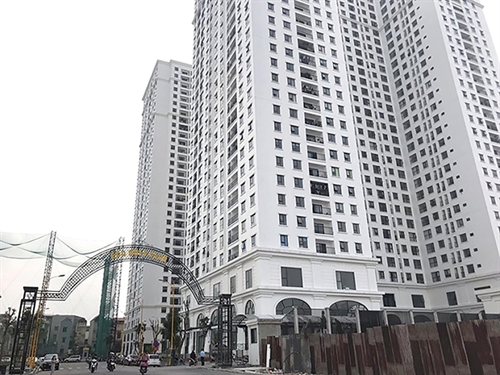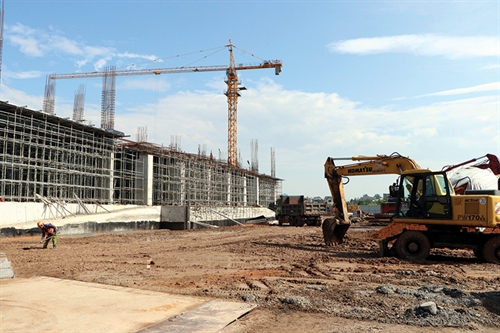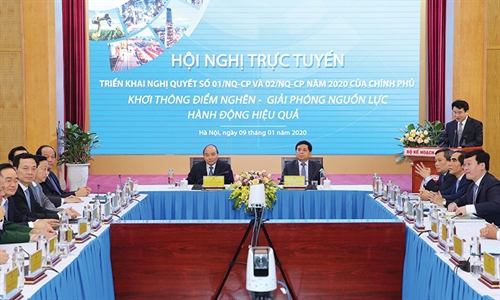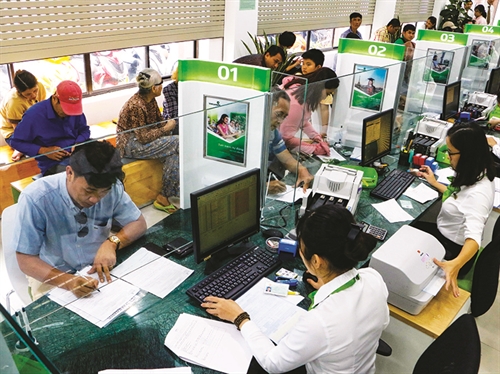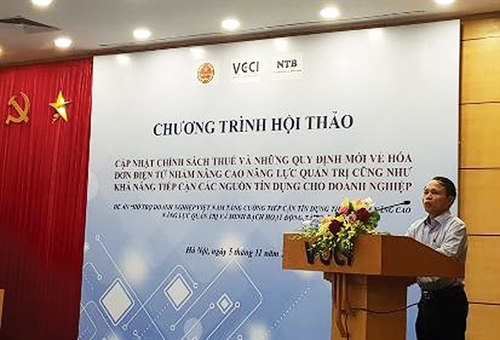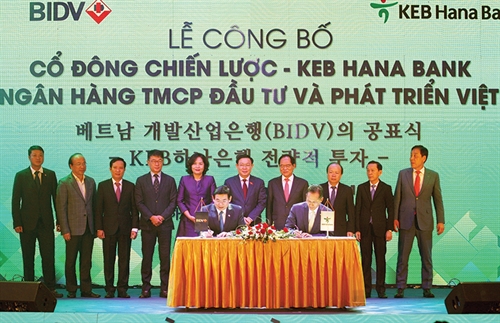Nguyen Minh Nhat
IP Consultant
The Hague Agreement Concerning the International Registration of Industrial Designs (the Geneva Act of July 2, 1999 – “1999 Act”) officially entered in force in Vietnam on January 1, 2020. Applicants can now seek design protection in Vietnam by filing international design applications through the Hague System.
As a matter of fact, the Hague Agreement does not harmonize international design application requirements. Instead, Hague applications are still examined under the national law of each designated country. For those unfamiliar with international design practice, application and registration requirements vary remarkably among jurisdictions. Thus, in practice, a single international design application cannot be prepared to meet the local rules of all Contracting Parties. Joining the Hague Agreement requires efforts from Vietnam to harmonize the legal differences between its current industrial design applications and international applications registered through Hague.
This article attempts to compare different requirements of the Hague System and Vietnam’s Intellectual Property Law (Vietnam IP Law) concerning the application and registration of industrial designs, and highlights the country’s solutions to harmonize both parties’ procedures.
Application Filing
The Hague System allows an applicant to register up to 100 industrial designs through filing a single international application, provided that these designs relate to the same class of the Locarno Classification (though not necessarily in the same subclass).[1]
Under Vietnam IP Law, a single industrial design application may include more than one design/embodiment, although there are strict requirements concerning the uniformity of the design as filed. In particular:
• Industrial designs of a set of products consisting of numerous items expressing a single common inventive idea and used together or for a common purpose;
• An industrial design accompanied by one or more embodiments being variations of such industrial design which express a single common inventive idea and which are not significantly different from such industrial design.[2]
Vietnam has made the declaration referred to in Article 13(1) of the 1999 Act, whereby, in accordance with the legislation of Vietnam, only one independent and distinct design may be claimed in a single international application, unless otherwise stipulated in Article 101 of the Vietnam IP Law. Accordingly, if an international application filed under the Hague System designating Vietnam does not fulfill the requirement of unity under Vietnam IP Law, such application will be rejected. In this case, the applicant may choose to divide his/her own application for each design/embodiment to be originally applied upon request of the IP Office of Vietnam (IP Vietnam) followed by the Notice of Refusal. A divisional application must bear a new serial number and is entitled to the original filing date.
 |
| VinFast cars, Vietnam’s first auto brand, are stored in the Hai Phong-based plant awaiting delivery to customers__Photo: An Dang/VNA |
Formality
1. Partial designs
While the Hague System does not disallow protection for partial designs (designs of parts of a product which can only be separated from the product by breaking the product), Vietnam’s current regulations require designs of products must be designs of whole products but not of parts of products in order to be registrable[3].
There are no provisions regarding protection of partial designs under Vietnam IP Law at the moment. Since no amendment is yet made, the IP Vietnam can refuse partial designs for the reason that they do not satisfy the definition of industrial design. It is hoped that, following the international practices, amended provisions addressing these issues will be considered.
2. Drawings requirements
Drawings containing dash lines/ broken lines
Under the Hague System, parts of the product shown in a set of filed drawings for which protection is not claimed can be presented/identified by either solid lines or dash lines/broken lines. However, under Vietnam IP Law, dash lines/broken lines are not permissible (except for products’ details with appearance of dash lines/broken lines).
No amendment concerning the dash lines/broken lines of industrial design drawings is proposed at the moment in Vietnam. Thus, applicants will still be required to remove or amend the dash lines/broken lines into solid lines to be acceptable by the IP Vietnam.
Specific views to be submitted
For the Hague System, perspective views of a three-dimensional design are not required. However, applicants who seek to file applications in Vietnam are expected to provide a perspective view along with six directional views (i.e. front, back, top, bottom, right side and left side views). Additional views such as perspective views from other directions, sectional views and enlarged views, etc. may be required for complicated designs.
Vietnam has made the declaration referred to in Article 9(3)(a) of the Common Regulations under the 1999 Act and the 1960 Act of the Hague Agreement, whereby where the product which constitutes the industrial design is three-dimensional, a perspective view of the industrial design is required.
3. Design description and scope of protection
A description and scope of protection of an industrial design are both required under Vietnam IP Law[4]. However, there is no word limit or additional charges concerning the number of words for the description provided by
the applicant.
Under the Hague System, both of the above are not required, though the applicants have to pay additional fees if the description exceeds 100 words[5].
Vietnam has made the declaration referred to in Article 5(2)(a) of the 1999 Act, whereby an international application designating Vietnam must contain a brief description of the characteristic features of the industrial design, pursuant to Article 5(2)(b)(ii).
Concerning the scope of protection, Vietnam has also made the declaration referred to in Article 5(2)(a) of the 1999 Act, whereby an international application designating Vietnam must contain a scope of protection for the design, pursuant to Article 5(2)(b)(iii).
Examination duration
Under the Hague Agreement, the time limit for the designated country where the applicant files an international industrial design application to examine and issue a Notice of Refusal is six months from the publication of the International Registration (or 12 months if there is a declaration from the designated country)[6]. Assuming that no Notices of Refusal have been issued, or else they have been withdrawn, then the application is deemed to be granted.
As per Vietnam’s regulations, a design application is granted Acceptance of Formality Examination within one month from the filing date. The application is then published on the IP Gazette within two months from the date of acceptance before entering the Substantive Examination process. The time limit for issuing the Notification of Substantive Examination is seven months from the filing date. There is no provision that the industrial design to be applied will automatically be protected in the absence of a Notice of Refusal within this time limit.
There are no declarations concerning the subject matter under the instrument of accession from Vietnam, which means the IP Vietnam has committed to process international applications that designate Vietnam within six months from the publication of the International Registration.
Deferment of publication
Under the 1999 Act, each Contracting Party is assumed to allow the prescribed period of deferment of 30 months from the filing date or, where priority is claimed, from the priority date of the application[7]. This helps the applicant avoid his/her products being copied by a third party before the design as filed is actually under manufacture.
However, under Vietnam IP Law, an industrial design application shall be published within two months as from the date of Notification of Formality Acceptance and cannot under any circumstances be deferred from publication[8]. There are some advantages of publication deferment prohibition, such as preventing duplication of creative ideas thanks to early disclosure to the public, or giving the third party opportunity to submit opposition (if any) in the design examination process of the applicant.
Vietnam has made the declaration referred to in Article 11(1)(b) of the 1999 Act, whereby the legislation of Vietnam does not provide for the deferment of the publication of an industrial design. Fortunately, the Ministry of Science and Technology has proposed to amend the law to allow the deferment of publication in the future. This helps facilitate applicants who file an international application designating Vietnam under the Hague Agreement and wish to postpone its publication.
Remarks
Considering the above, there still remains a vast gap between the Hague System’s application and registration requirements and Vietnam’s, which may sometimes confuse applicants who seek protection of industrial designs in multiple countries through Hague. However, this difficulty happens in almost every Contracting Party as their domestic laws and commitments to the Hague Agreement are varied. Therefore, it is recommended that everyone considering industrial design protection should be aware of these different requirements and work closely with the national IP office or their agent to follow the most effective route to registration.-

